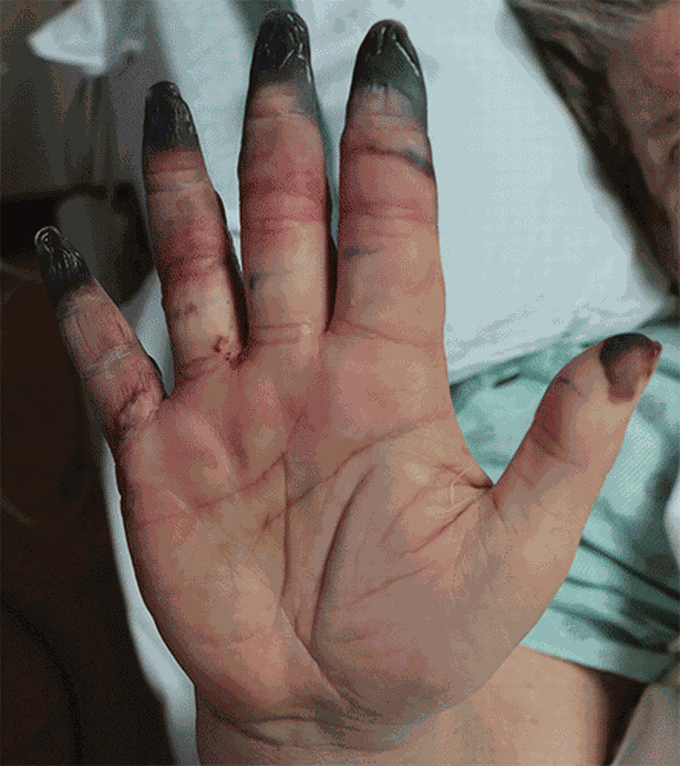


Symptoms, Degrees and Management of Frostbite
Frost bite occurs as consequence of exposure to low temperature, resulting in tissue damage. Military personnel, winter sports enthusiasts, homeless individuals, and alcoholics are at greatest risk. Most frequently affected parts are ears, nose, cheeks, fingers, and toes. Typical signs and symptoms of frostbite include numbness and white to blue discoloration of affected area. Swelling and blistering may be present in severe injuries. The extent of injury in frostbite is determined by the following degrees: FIRST DEGREE Only outer part of the skin is affected with no permanent sequalae. It presents with numbness and erythema of the affected body part. Skin usually sloughs off after few weeks. SECOND DEGREE All layers of skin are affected. Blisters develop on affected area and the skin becomes hard. Patient complaints of aching and throbbing pain. Cold sensitivity and numbness develop later in the course of the disease. THIRD DEGREE Skin and areas deep to skin are involved. Affected body part appears a bluish gray with blood filled blisters. Blackened crust, commonly known as eschar, develop few weeks after the injury. FORTH DEGREE In fourth degree, the injury extends up to muscles, tendons, and bones. The skin appears colorless initially, which develops black discoloration later. Skin is usually hard as wood and the damage to tissue is permanent. Autoamputation might occur after couple of months. First response to frostbite requires transfer of affected person to warm environment with minimum risk of refreezing. Ibuprofen is administered immediately to prevent blood clotting. Individual is assessed for risk of hypothermia. Initial management includes administering antibiotics, analgesics, and wound care. Rewarming of affected area is done by warm bath with povidone iodine or chlorhexidine. The time taken typically ranges from 15 minutes to one hour. If tissues are damaged permanently, debridement and amputation are carried out. Fasciotomy may be done to preserve blood flow. Source Frostbite https://en.wikipedia.org/wiki/Frostbite#Treatment Image via https://pubs.rsna.org/doi/full/10.1148/rg.2016160045
Why ibuprofen? Wouldn't aspirin make more sense? Usually that's the NASID that's used against clotting, since unlike the others, it blocks clotting irreversibly.
hello! aspirin is generally avoided in case of frostbite because it may block certain types of prostsglandins that are important in repair of injury.
Wouldn't ibuprofen do the same? It's not selective, and blocks both COX1 and COX2.

